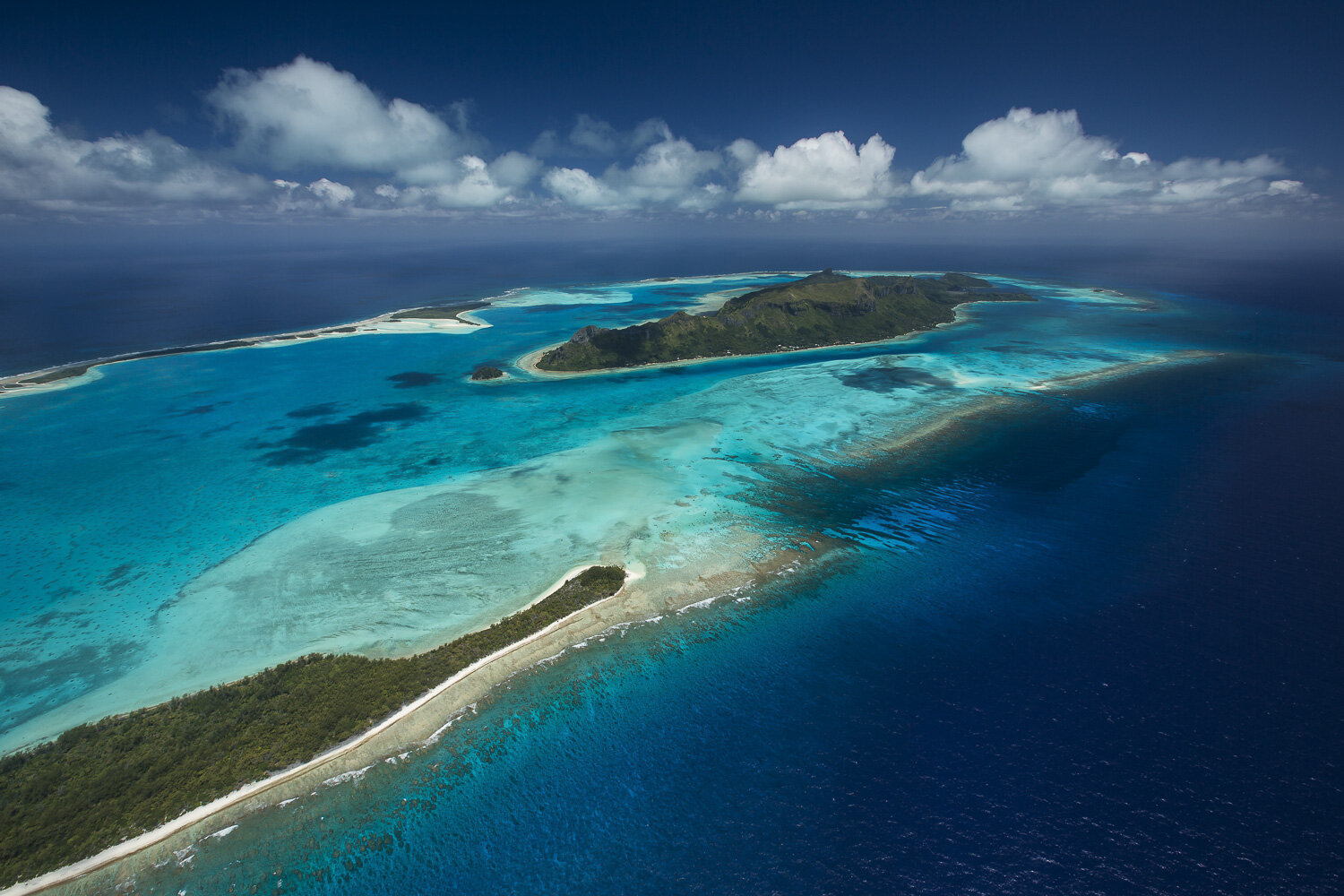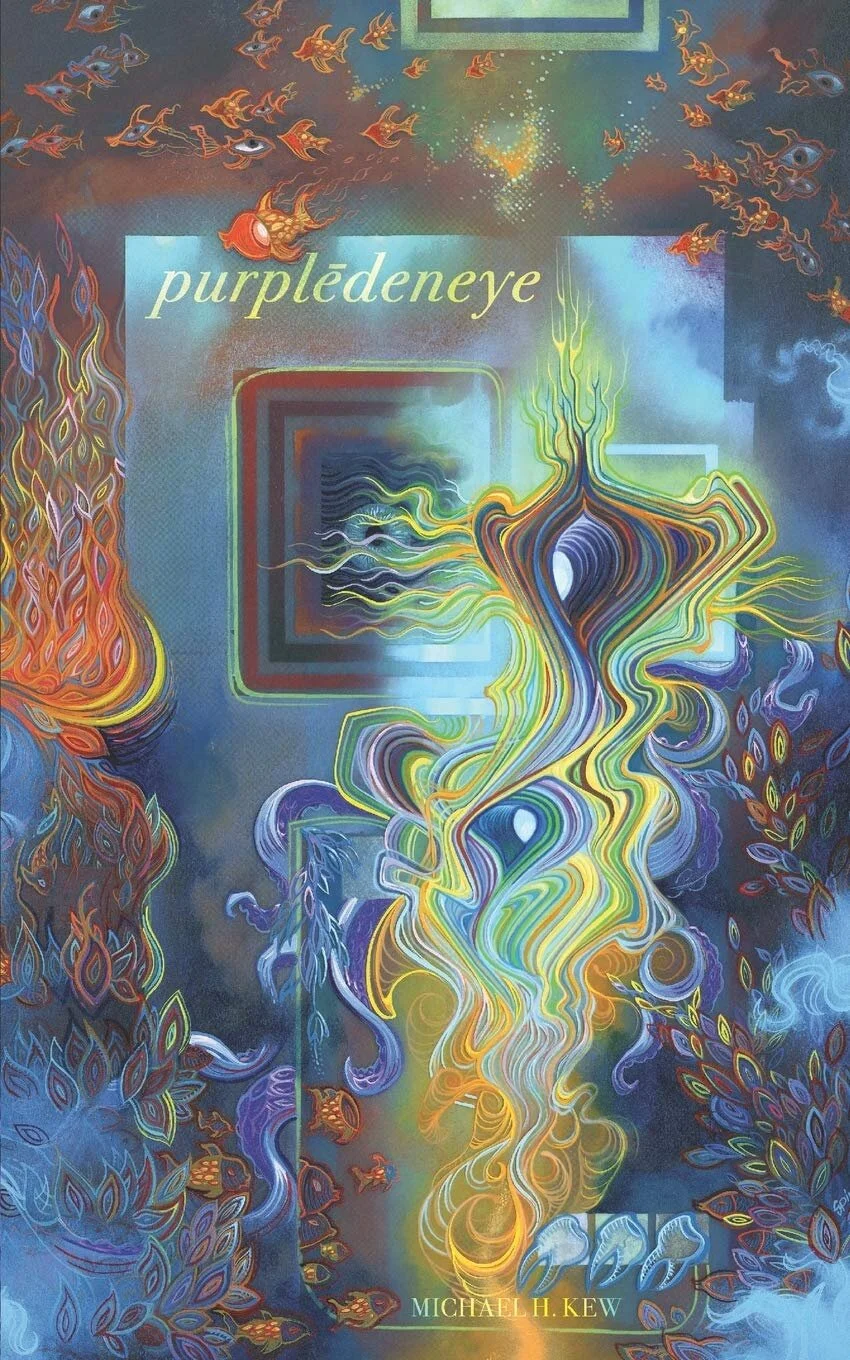Greatest Strength Is Love
By Michael H. Kew
“Where is your tea?”
She’d finished hers. I’d forgotten mine in our pension’s kitchen. Pinched between her fingers was the small red square of paper previously attached to the end of her bag’s string.
Yogi Tea idiom handed to me:
YOUR GREATEST STRENGTH IS LOVE
“I will say bon voyage,” she said. Wink and a glitter. “I hope you’ve found enough things to write about this place.”
Skies swelled and pulsed with cloud. The nearby magasin was busy—available only in the early, fresh baguettes fell to high demand. I nodded and smiled to a few patrons outside beneath the palms and dust. There radiated an idyllic sweetness and ease to the Ra’ivavaeans, many of whom had never and would never leave their “sacred heaven,” or perhaps just to nearby Tubuai, or the grand stage of Tahiti. Aloft flowed a unity, a happiness, a love and connection amongst them. A society of solemnness, of nonchalance, and, in my mental meanderings, it became almost yogic, Ayurvedic, on par with almost every other outer Pacific isle . Ra’ivavaeans were yet another example of causality, of essential and platitudinal truths crystallized for me in the great emotional vacuum that bridged my first French Polynesian voyage to my second. That zen is not borne from not what one goes through in life, but how one goes through in life. If one’s desires are narrowed and the body and mind are healthy and unconsumed not with minutiae but with love of life itself, with the present and the breath, then life manifests more pleasure than obstacle—obstacles like the frown of an ill-formed reef pass.
Studying satellite images shot from low orbit (in which the island mimics a turquoise eye) or a modern navigational chart, one might cast Ra’ivavae into the dustbin of unsurfability, of mediocrity, of quasi-geologic immaturity, joining the hundreds if not thousands of similarly surf-compromised islands, atolls, and reefs throughout Oceania. It would be a fair assumption, based on bathymetry and reef structures and the lack of clean tapered passes, that to surf Ra’ivavae is to chase an enigma. Ocean waves, which in many ways remind me of women, were never a real reason to alight anywhere in the world. And I was pleased to see that despite the imminent storm the lagoon remained a sky mirror—a glass plate.
Next dawn’s low tide unwrapped a small sand cay tucked against the reef a mile out from my bed. As seen from the beach, the cay was a smear of yellow, an oasis fronting thin whitewater lines atop the broad sweep of gray. Eléonore provided her guests with a few red plastic kayaks; I slid one into the smooth warm water for a restorative pre-homeward-flight paddle to the cay. Stroking north, which from mid-lagoon I could see that the whole of Ra’ivavae was framed by a dark drab muting its grandeur and seeming to suffocate the mountainscape. But I knew it was this gray that made the island a gemlike bastion of beauty, of mystique.
Inching closer, I noticed the cay had amassed with birds, perhaps brown noddies, whom I refused to bother. Instead I dug the kayak ‘round and faced a plein air panorama of Ra’ivavae’s astonishing beauty, its sublime contours of cloud forest. From afar, deceptively small, the island’s sheer north-facing cliffs were fencelike, a citadel beholden to a certain sternness, a strata that flowed gently from the grassy ridgetop passes splitting the summits of Hiro, Araua, Rareterepa, Maunanui, Taamora, Tapioi, and Matotea; to the benmoreitic lava piles and alkaline basaltic soils that nourished the remnant luxuriant rainforest slopes and the implanted pines; to the cultivated glens and low wetlands and the lightly peopled coastal plains; to the shoreline cocopalms and ironwoods that from a distance appeared as a sweeping green mirage.
Abruptly all was dashed by a great downpour, a Roaring Forties effusion that swept the lagoon with such intensity it caused a near-whiteout, swamping my kayak, its scuppers useless, freshwater above, saltwater below. And so I slid overboard to tread water and feel the coolness envelop; shut my eyes to the sky to relish the rain, a high-pressure shower pelting my face, the squall a heavenly exfoliant. And I dove to hear the rain in different notes, now a dense, muted drumroll. Wearing contact lenses, I could not open my eyes but ears were treated to a shimmer, then a furious rapture, and until I could hold my breath no longer I savored the lagoon’s womblike sensory in my own hovering subaquatic orbit.
Surfacing, again I could physically see and again the rain’s high-pitched sing fluttered to an atmospheric roar—thundercrack deafened and the kayak reflooded. Squinting through the deluge I could see new veins of water cascade from the stone crests above Anatonu, the falls from afar like delicate wisps against dark gray before they too vanished into leafy mid-mountain greens. I let forth a euphoriant whoop. The rain, the sky, the land, the lagoon—a more majestic sight I had not seen—and slowly, gracefully, hallucinatory, the waterfalls morphed into a dazzle of tremendous tears. Tears, indeed, of island joy.
Plucked from Rainbownesia, available globally via Amazon.
Photo: Thouard.



